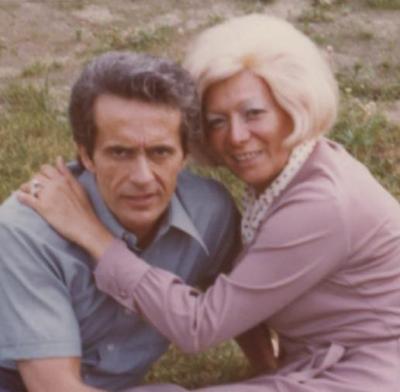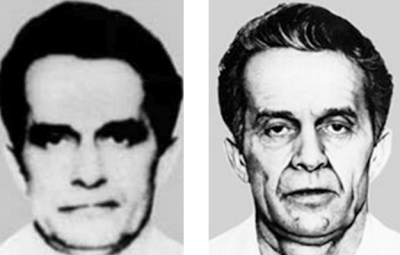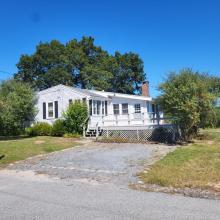Fugitive Donald Webb spent weeks at Tobey Hospital after 1980 murder
FBI most-wanted fugitive Donald Eugene Webb spent four weeks at Tobey Hospital, using an alias, while on the run following the 1980 murder of a Pennsylvania police chief.
Court documents outline what investigators knew about Webb — wanted for the murder of Saxonburg, Pennsylvania Police Chief Gregory Adams — from the murder itself to how he managed to elude capture for close to two decades until his death in 1999.
His whereabouts remained a mystery until his remains were found last week, buried in the back yard of his wife, Lillian Webb's, Dartmouth home. The home had a secret room in which investigators believe Webb hid.
(Follow the culmination of the investigation on DartmouthVillageSoup.com via the links below this story.)
Webb — described as a career criminal specializing in jewel theft — was in Pennsylvania on December 4, 1980 casing a jewelry store to rob. He was wanted by police at the time for his role in a jewelry store heist, according to investigators.
During a routine traffic stop, the 49-year-old Webb killed Chief Adams. Adams, who was 31 years old, was badly beaten and shot twice at close range. The chief had a wife and two young sons at home.
Investigators honed in on Webb as the suspect after a New Jersey driver’s license bearing one of his known aliases and blood matched in type to his was discovered at the crime scene. When the getaway car, a Mercury Cougar, turned up in a Howard Johnson's parking lot in Warwick, Rhode Island, investigators then believed he returned to this area.
Adams had managed to get a shot off at Webb before succumbing to his injuries. Webb was hit in the leg, and the injury apparently necessitated a hospital stay.
Webb spent four weeks at Tobey Hospital receiving care under the alias of “John” LNU (last name unknown), according to court documents.
Peter Cohenno, spokesperson for Southcoast Health, said it is “highly unlikely” that Tobey Hospital would still have records to verify Webb’s 1980 stay, as records are only required to be kept for 20 years.
In 1980, the hospital did not verify the identities of its patients, and only collected patients’ names and dates of birth, Cohenno said. Now, patients admitted to Tobey must provide their name, date of birth, and a picture ID, and identities are verified.
At the time of Webb’s treatment, hospitals were not required to report people being treated for gunshot wounds, Cohenno said.
Tracking down Webb after he returned proved difficult. He was one of the longest tenured fugitives ever to appear on the FBI’s “Ten Most Wanted Fugitives” list.
The FBI renewed its effort to find Webb and solve the long-running cold case in 2016.
On July 12, the day before Webb’s remains were unearthed, investigators met with Jack Cicilline, an attorney acting on behalf of Lillian Webb.
The lawyer relayed to investigators a detailed account of Webb’s life from the time of the murder to his death in 1999, provided to him by Lillian Webb. Lillian Webb received immunity from prosecution in exchange for providing information.
Cicilline stated that sometime shortly after Webb and Lillian Webb moved into 28 Maplecrest Drive, Webb suffered a stroke after a period of illness, according to court documents. The stroke was severe, and resulted in a complete loss of mobility and left Webb unable to care for himself.
Cicilline detailed a conversation between Webb and Lillian Webb in which Webb told his wife he believed he was dying, and instructed her to begin digging a hole in the back yard to bury his body. Lillian Webb agreed, and dug a grave in the back yard.
Webb later suffered a second stroke and died inside the Dartmouth home. Lillian Webb buried her husband in the grave she dug under Webb’s instruction.













